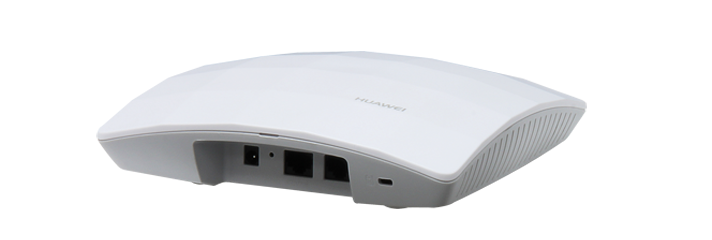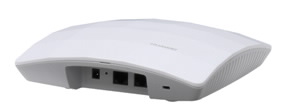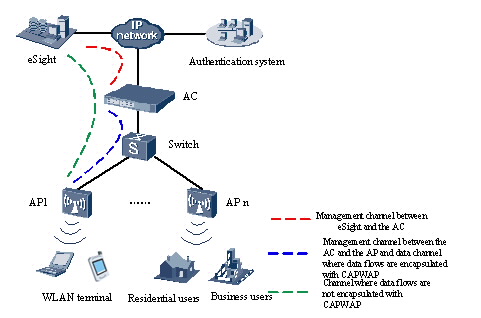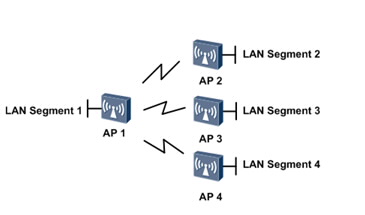AP5010DN-AGN Indoor Dual-band AP
The AP5010DN-AGN is a standard series dual-band access point (AP) that supports 2*2 MIMO and suports 2.4 GHz and 5 GHz frequency bands. It complies with IEEE 802.11a/b/g/n, and has enhanced coverage performance and protection capabilities. It supports wireless bridging, complies with IEEE 802.11a/b/g/n,connects a large number of users, and works as a Fit AP. The AP5010DN-AGN has the following advantages:
High reliability
High security
Simple network deployment
Automatic AC discovery and configuration
Real-time management and maintenance
The AP5010DN-AGN provides 802.11n WLAN for for buildings with a simple structure, small area, a high density of users, and require a high capacity, for example, small to medium organizations and enterprise branches. The AP5010DN-AGN APs can be flexibly deployed in these places and work in both Fit AP and bridge mode.

Utiles Produits
- AP7130DN-AC Indoor Dual-band AP
- AP7030DN-AC Indoor Dual-band AP
- AP5010SN-GN Indoor Single-band AP
- AP7110DN-AGN Indoor Dual-band AP
- AP7110SN-GN Indoor Single-band AP
- AP6610DN Outdoor Dual-band AP
- AP6010SN Indoor Single-band AP
- AP6010DN Indoor Dual-band AP
- AP6310SN Indoor distributed Single-band AP
- AP6510DN Outdoor Dual-band AP























